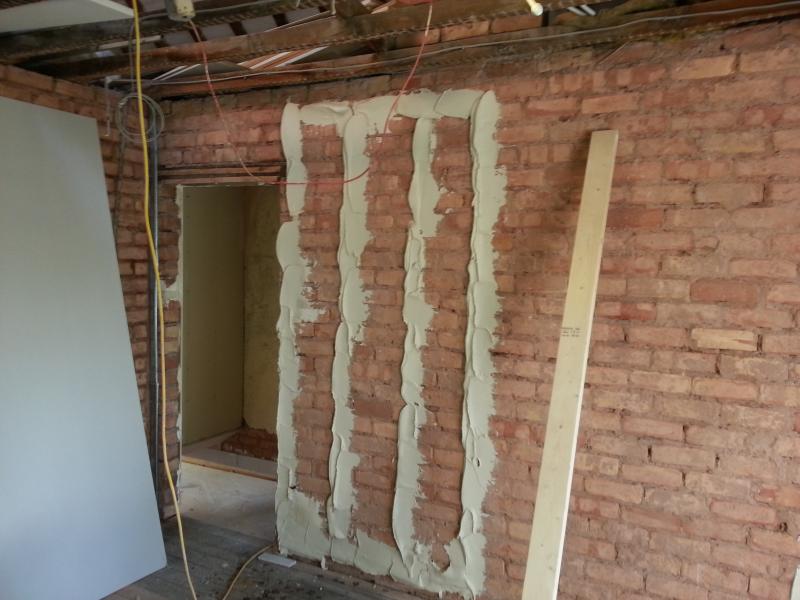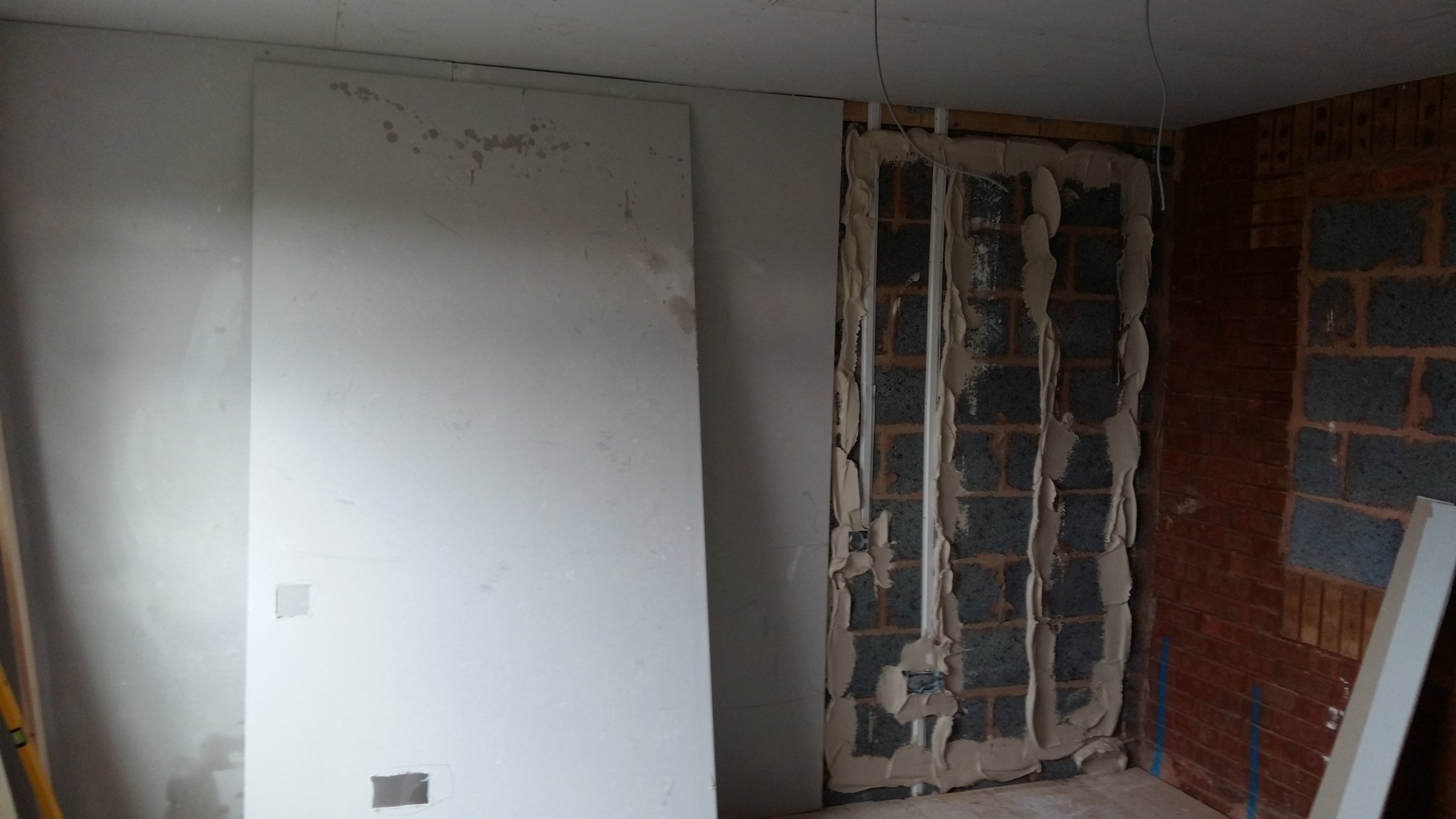Hi,
I am having an single storey extension built out the back of my house and it’s almost finished. However, the cold weather and cold wind has highlighted a potential issue.
The walls are dot and dab on insulated cavity walls. The roof it pitched at each side to meet in the middle and has 100mm of celitex. With the cold wind blowing, the walls feel quite cold, colder than my original walls that are not boarded, and ther is a draft coming from any hole in the wall. Sockets, holes for cables, gaps under the plasterboard where skirting is yet to be fitted.
My question is, has my builder screwed up here and is this a mahor problem that needs to be sorted before decorating? Every wall is already plastered and my kitchen is in already. The wall cupboards are very cold inside which I wasn’t expecting and I can feel drafts behind the cupboards where the wires come out for the lights etc.
I may be able to fill the holes with expanding foam or bits of insulation fluff and foam around the skirting gaps. Would this be ok or am I potentially going to have problems with the cold air behind the walls?
Is there anything I can do at this stage to fix it or am I being too picky about stopping the cold air?
Thanks in advance!
I am having an single storey extension built out the back of my house and it’s almost finished. However, the cold weather and cold wind has highlighted a potential issue.
The walls are dot and dab on insulated cavity walls. The roof it pitched at each side to meet in the middle and has 100mm of celitex. With the cold wind blowing, the walls feel quite cold, colder than my original walls that are not boarded, and ther is a draft coming from any hole in the wall. Sockets, holes for cables, gaps under the plasterboard where skirting is yet to be fitted.
My question is, has my builder screwed up here and is this a mahor problem that needs to be sorted before decorating? Every wall is already plastered and my kitchen is in already. The wall cupboards are very cold inside which I wasn’t expecting and I can feel drafts behind the cupboards where the wires come out for the lights etc.
I may be able to fill the holes with expanding foam or bits of insulation fluff and foam around the skirting gaps. Would this be ok or am I potentially going to have problems with the cold air behind the walls?
Is there anything I can do at this stage to fix it or am I being too picky about stopping the cold air?
Thanks in advance!




